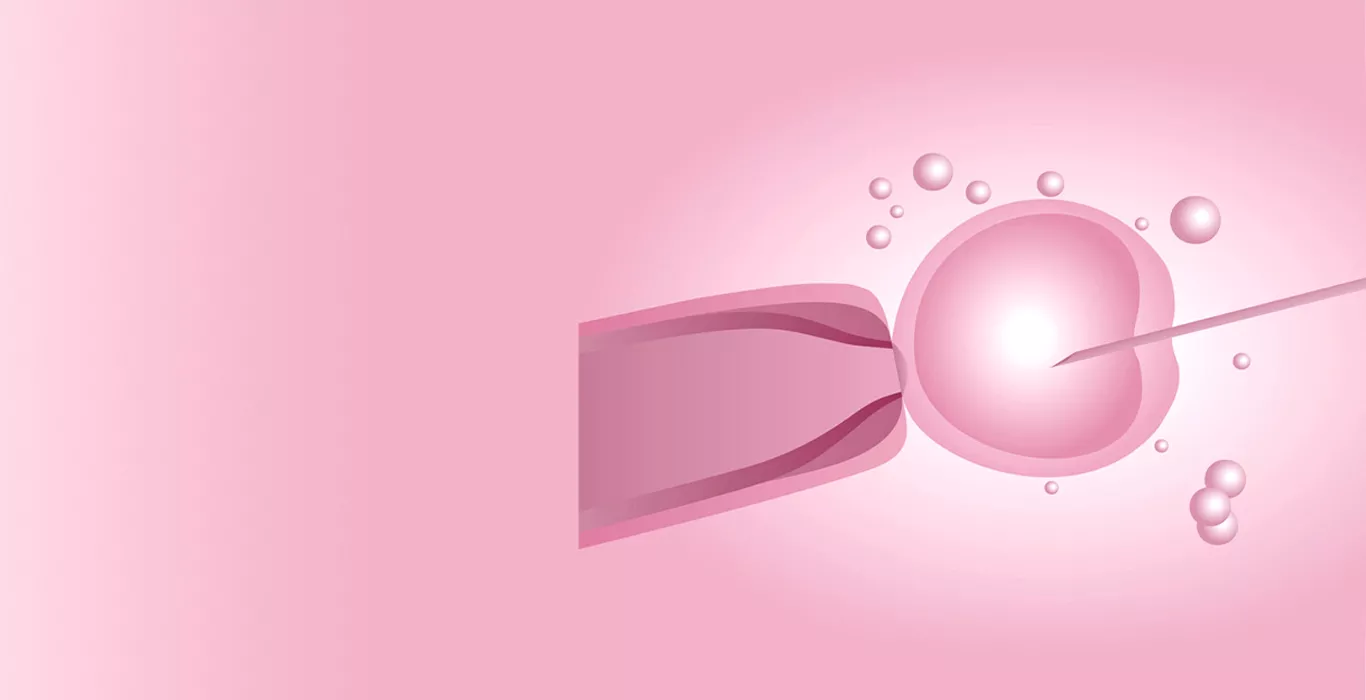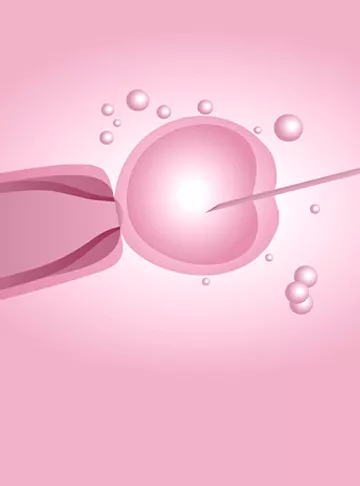Main navigation
- Infertility Treatment
- IVF Centers
- About Infertility
- Resources
- About us
- CSR
- Contact us


Egg Donation
What is Egg Donation in IVF?
In vitro fertilization (IVF) with egg donation is an assisted reproductive technology that allows a recipient woman to achieve pregnancy using the eggs of an anonymous or known donor (in case the donor is a family member or a relative).
Is Ovum Donation & Egg Donation same?
Yes. Both ovum donation and egg donation are same and are indicated for women who cannot have children with their own eggs, either because they are of advanced maternal age, they suffer from genetic alteration or any other gamete problem.
One of the advantages of Egg Donation in IVF, whether with the partner's sperm or the donor's sperm, is that it has a high probability of success.
Directions for Egg Donation-
Egg Donation in IVF is usually not the treatment of first choice when a woman or couple visits a fertility clinic, as patients usually want to attempt pregnancy with their own gametes first.
However, the situations in which Egg Donation is clearly indicated are as follows:
- Patients without ovarian function, either due to primary ovarian failure, premature ovarian failure, absence of ovaries or menopause.
- Patients with ovarian function, but who cannot use their own eggs due to transmissible genetic abnormalities, repeated failures in previous IVF cycles or because they are over 43 years of age.
This last cause is the most frequent, because with age, the quality of the oocytes decreases: the probability that the embryos obtained will have chromosomal abnormalities that compromise their viability and cause an increase in abortions. It also greatly increases the chances of having a child with Down syndrome.
It should be noted that this is an altruistic, voluntary, and completely anonymous process: the identity of the egg donor will always remain confidential.
What are the types of Egg Donation?
There are 2 types of egg donation based on the origin of eggs:
1. Fresh egg donation
2. Vitrified egg donation
However, now-a-days, we can also include 2 other types of egg donation in this classification:
3. Bank eggs
4. Mini egg donation or shared egg donation.
We will comment below on each of them:
Fresh Egg Donation
- In these cases, both the donor and egg recipient must have their hormonal cycle synchronized, so that the donor is stimulated while the recipient prepares her endometrium.
- In other words, the donor eggs are extracted in the same cycle, and after 3 or 5 days, the embryos are transferred to the recipient's uterus.
Vitrified Egg Donation
- In this egg donation, it is not necessary for the donor and recipient to be synchronized.
- First, the donor oocytes are obtained and those that are mature are frozen by the vitrification technique.
- Once a compatible recipient has been found, these eggs are devitalized and fertilized with the sperm of the couple or a compatible sperm donor in the case of a double donation.
- As in the previous case, the egg recipient will also have to perform the endometrial preparation treatment before the embryo transfer, but this will not be coordinated with the donor.
Bank Eggs
- As we have already mentioned in the previous sections, donor eggs can be used either fresh or frozen. If the egg donation is recent, it will be necessary to synchronize the cycles of the donor and the recipient.
- Otherwise, after obtaining the eggs, they will be frozen until the moment of fertilization, when they will be thawed.
- For this second option, the fertility clinic can either have its own donors (its own egg bank) or, conversely, work in coordination with an external egg bank.
Mini Egg Donation
- Mini egg donation consists of donating a smaller number of eggs. While in a full egg donation, the recipient gets all the eggs retrieved from the donor, which can be 8 to 10 in number, but in the mini egg donation, only 4 or 5 are received. This type of egg donation is cost effective.
- The pregnancy rate per cycle performed during a mini egg donation is the same as for a complete egg donation.
Pregnancy Calculator Tools for Confident and Stress-Free Pregnancy Planning
Get quick understanding of your fertility cycle and accordingly make a schedule to track it


Couldn't find what you were looking for? Connect with us now!
IVF Centres in Popular Cities
- IVF Centre in Gachibowli
- IVF Centre in Chandauli
- IVF Centre in Phulwari Sharif
- IVF Centre in Jaipur
- IVF Centre in Mumbai
- IVF Centre in Delhi
- IVF Centre in Bangalore
- IVF Centre in Hyderabad
- IVF Centre in Ghaziabad
- IVF Centre in Udaipur
- IVF Centre in Patel Nagar
- IVF Centre in Lucknow
- IVF Centre in Patna
- IVF Centre in Pune
- IVF Centre in Guwahati
- IVF Centre in Indore
- IVF Centre in Chennai
- IVF Centre in Agra
- IVF Centre in Ahmedabad
- IVF Centre in Bhopal
- IVF Centre in Kolkata
- IVF Centre in Nagpur
- IVF Centre in Ludhiana
IVF Cost in Popular Cities
- IVF Cost in Delhi
- IVF Cost in Mumbai
- IVF Cost in Bangalore
- IVF Cost in Hyderabad
- IVF Cost in Pune
- IVF Cost in Kolkata
- IVF Cost in Lucknow
- IVF Cost in Chennai
- IVF Cost in Ahmedabad
- IVF Cost in Guwahati
- IVF Cost in Gurgaon
- IVF Cost in Jaipur
- IVF Cost in Bhopal
- IVF Cost in Indore
- IVF Cost in Ludhiana
- IVF Cost in Noida
- IVF Cost in Chandigarh
- IVF Cost in Patna
- IVF Cost in Nagpur
- IVF Cost in Ranchi
- IVF Cost in Surat
- IVF Cost in Bhubaneswar
- IVF Cost in Dehradun
- IVF Cost in Kanpur
- IVF Cost in Thane
- IVF Cost in Varanasi
- IVF Cost in Jammu
- IVF Cost in Mysore
- IVF Cost in Siliguri
- IVF Cost in Meerut
- IVF Cost in Vadodara
- IVF Cost in Raipur
- IVF Cost in Gorakhpur
- IVF Cost in Faridabad
IVF Doctors in Popular Cities
- IVF Doctor in Delhi
- IVF Doctor in Bangalore
- IVF Doctor in Chennai
- IVF Doctor in Mumbai
- IVF Doctor in Hyderabad
- IVF Doctor in Lucknow
- IVF Doctor in Gurgaon
- IVF Doctor in Kolkata
- IVF Doctor in Ahmedabad
- IVF Doctor in Pune
- IVF Doctor in Chandigarh
- IVF Doctor in Guwahati
- IVF Doctor in Noida
- IVF Doctor in Jaipur










